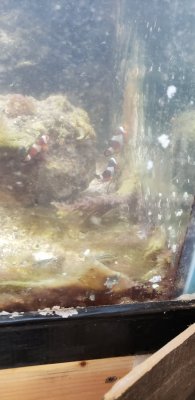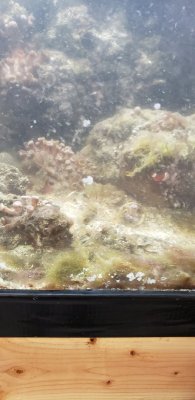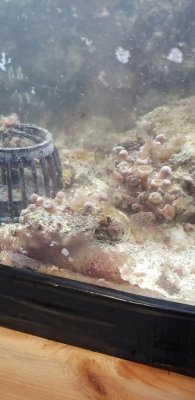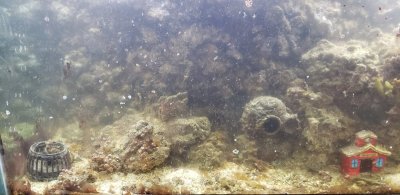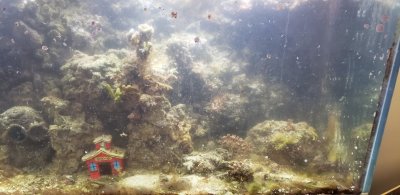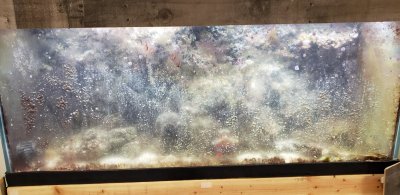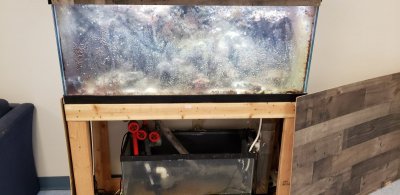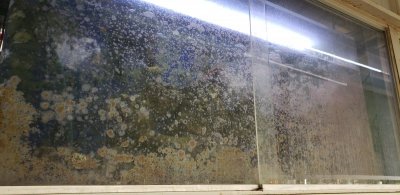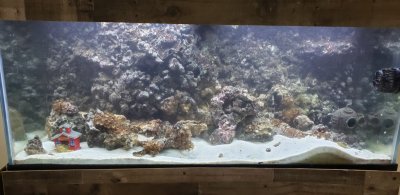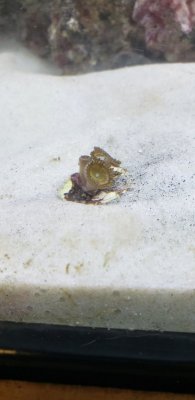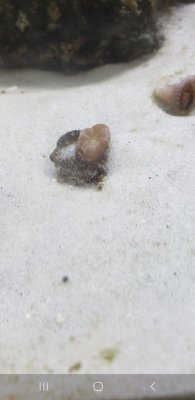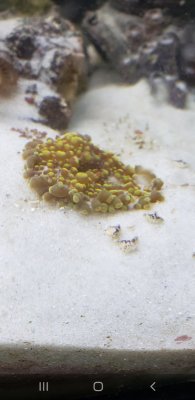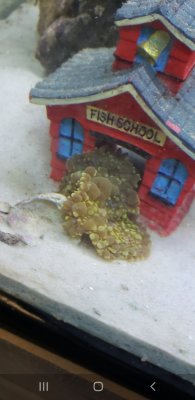Due to corona my school was shut down and aquarium care was at a minimum. At the time I was an unpaid volunteer and just came by to feed the fish a couple times a week and refill a sump with DI water so it didn’t dry up.
Turns out the facility manager was not doing water changes for an indeterminate amount of time, but not longer than one or two months.
These tanks or large (70+ gals) and mature (2+ years old) with very little livestock. However, an alumni who is in school to receive a certificate for aquarium maintenance came by and told us to tear down all of our saltwater tanks because they have sulfuric acid in them due to poor upkeep. She said that it would kill all of the inverts/coral just like copper would.
Sulfuric acid???? Has anyone heard of or had this problem before? Is she talking out of her butt or do we actually need to destroy years of hard work because the water wasn’t changed for 4-8 weeks?
Turns out the facility manager was not doing water changes for an indeterminate amount of time, but not longer than one or two months.
These tanks or large (70+ gals) and mature (2+ years old) with very little livestock. However, an alumni who is in school to receive a certificate for aquarium maintenance came by and told us to tear down all of our saltwater tanks because they have sulfuric acid in them due to poor upkeep. She said that it would kill all of the inverts/coral just like copper would.
Sulfuric acid???? Has anyone heard of or had this problem before? Is she talking out of her butt or do we actually need to destroy years of hard work because the water wasn’t changed for 4-8 weeks?








